How to Write an Effective Creative Brief

Here's the truth: Most creative briefs are rubbish. They're either non-existent, packed with corporate speak, or so vague that creative teams spend more time guessing than creating. A good brief changes everything - it keeps projects on track, saves money, and actually helps produce work that connects with your audience.
What Goes Wrong With Most Briefs
We see the same problems over and over. Companies skip the brief entirely and wonder why their team debates every decision. Others cram five different objectives into one document, which means nothing gets done well. Then there's the classic move of writing "increase brand awareness" as your goal - which tells your creative team absolutely nothing useful.
The worst briefs read like data dumps. Someone copies every piece of research they can find, thinking more information equals better direction. What actually happens is the important stuff gets buried under pages of irrelevant background, and nobody reads it.
Another common mistake is defining your audience too broadly. "Everyone who might buy our product" isn't helpful. Neither is just listing demographics without understanding what motivates these people.
Building a Brief That Actually Works
Start with one clear business problem. Not three, not "awareness and sales and engagement" - one thing you need to solve. Write it in plain English. If you can't explain it to someone who doesn't work in your industry, you're not ready to brief anyone.
Know your audience beyond demographics. "Women aged 25-40" doesn't help anyone write compelling copy. What keeps these women awake at night? What would make them choose you over a competitor? What's stopping them from taking action? The tighter this insight, the better your creative work becomes.
Your key message should fit in ten words. If it takes longer, keep working on it. This isn't about dumbing things down - it's about clarity. The best campaigns have one simple, powerful idea at their core.
Set one measurable objective. "Achieve 70% aided recall among women 18-34 within six weeks" gives everyone a target. "Build brand love" gives them nothing to aim for. Make it specific, make it measurable, make it time-bound.
Include what matters, cut what doesn't. Your brief should fit on one page. If information doesn't directly help someone make creative decisions, delete it. Your team needs direction, not your company's entire history.
Define your brand voice clearly. Don't write a paragraph - give three or four descriptive words that capture how your brand should sound. "Professional yet approachable" gives better direction than a wall of brand guidelines text.
How to Actually Write One
Get everyone in a room first. Don't try to write a brief in isolation then email it around. Spend an hour with marketing, creative, and whoever signs off on final work. Hash out the business problem together. This prevents the "that's not what we agreed" conversations later.
Do your homework before you write. Look at what competitors are doing. Check social media to see what your audience actually talks about. Use real insights, not assumptions. If you don't have research, be honest about it rather than making things up.
Write for creative people, not executives. Use vivid, conversational language that sparks ideas. Avoid corporate speak and jargon. If a phrase wouldn't work in normal conversation, it probably won't work in your brief.
Present the brief, don't email it. Walk through it with your creative team. Let them ask questions. Make sure everyone understands what success looks like before work starts. This builds shared understanding and catches potential issues early.
Lock it down and version control it. Once approved, that brief lives in a shared space where everyone can find it. Any changes need a new dated version so nobody works from the wrong document.
Common Pitfalls to Avoid
Don't list every product feature as a "must mention." This stifles creativity and usually results in boring, cluttered work. Focus on the one thing that matters most to your audience.
Don't write different briefs for different channels if they're part of the same campaign. One brief, one idea, multiple executions.
Don't assume your creative team knows your business as well as you do. Provide context, but keep it relevant to the creative challenge.
Don't change the brief halfway through the project unless something fundamental shifts in your market or objectives. Late changes waste time and money.
Getting It Right
Start early, while you're still figuring out project scope. Write for the people who'll use it - creative teams, not executives. Use conversational language that sparks ideas.
Keep it to one page. If it won't fit, your thinking isn't clear enough yet. Present it live so people can ask questions and build shared understanding. Then get digital sign-off to prevent scope creep later.
Be ruthless about focus. One objective, one audience insight, one key message. Everything else is just noise.
Treat your brief as a working document. If market reality changes or you learn something new about your audience, update it. Just make sure everyone knows which version is current.
The bottom line: A good creative brief answers three questions clearly: What problem are we solving? Who are we solving it for? How will we know if we succeeded? When your brief nails these basics, your creative team can move from guessing to creating with confidence.
Read Similar Success Stories
Discover how other businesses have transformed their marketing challenges into growth opportunities through strategic partnerships with us.
Ready to stop struggling with your marketing?
Book a 20-minute call today and discover how clear communication can transform your business.













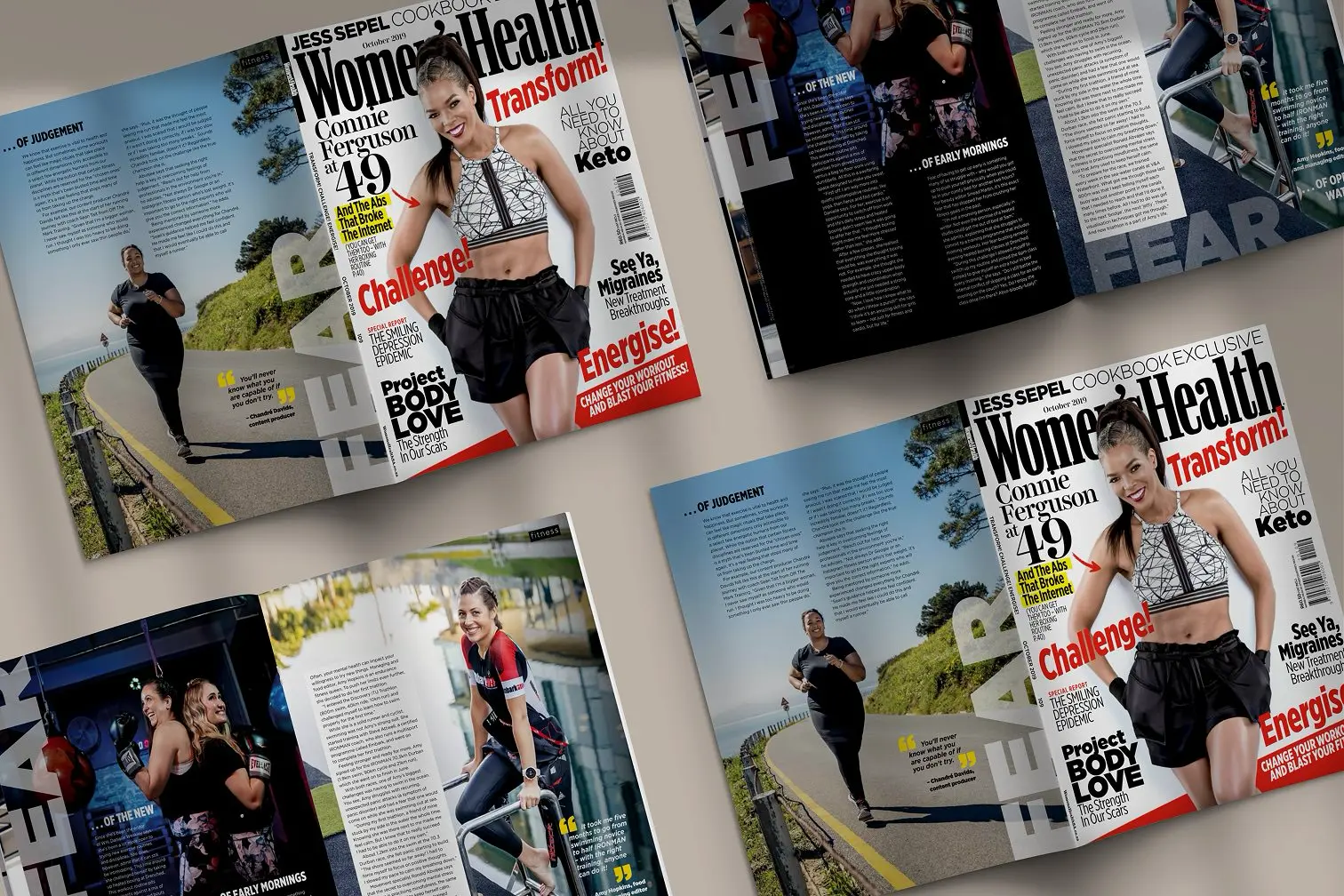

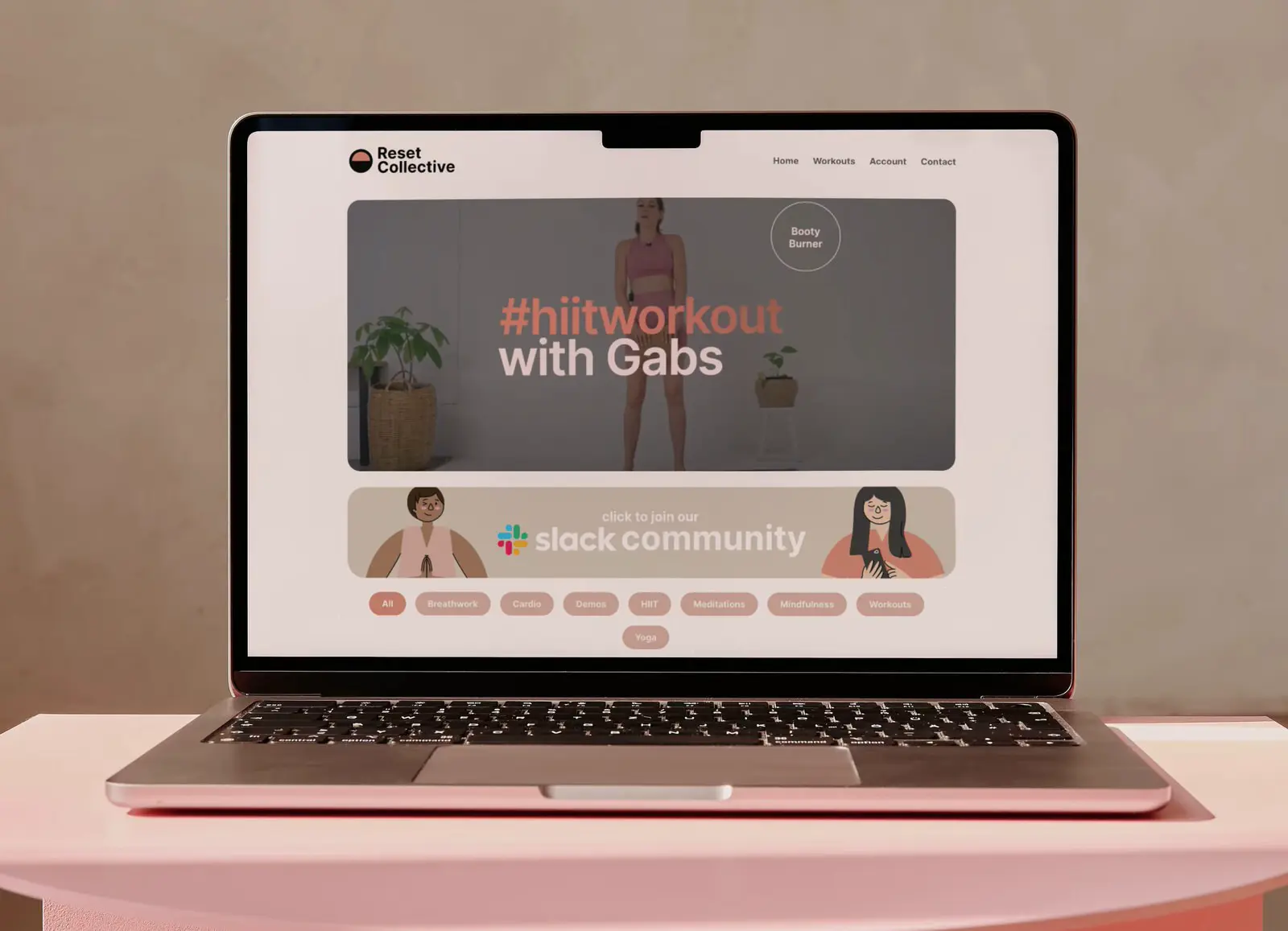







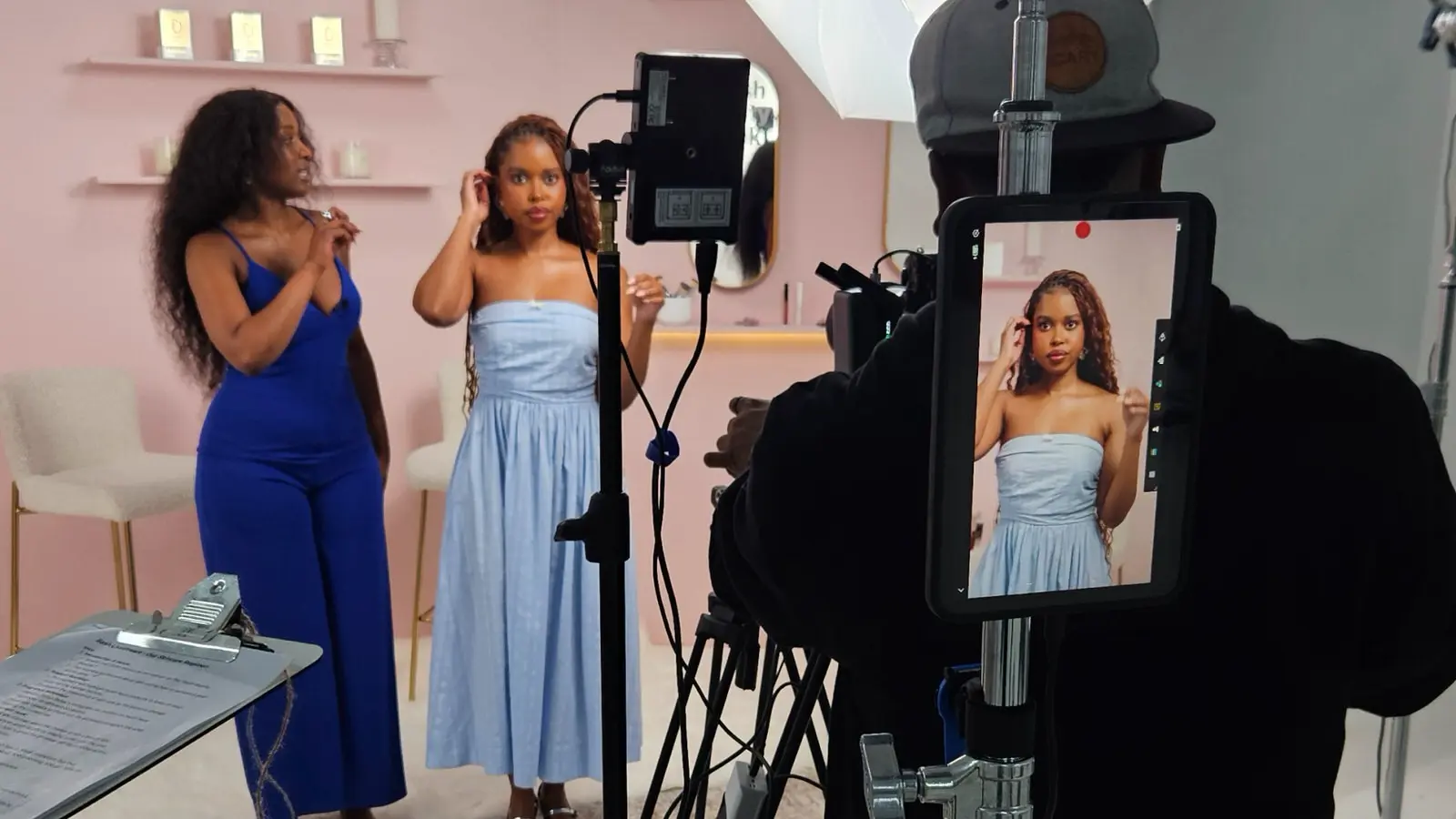

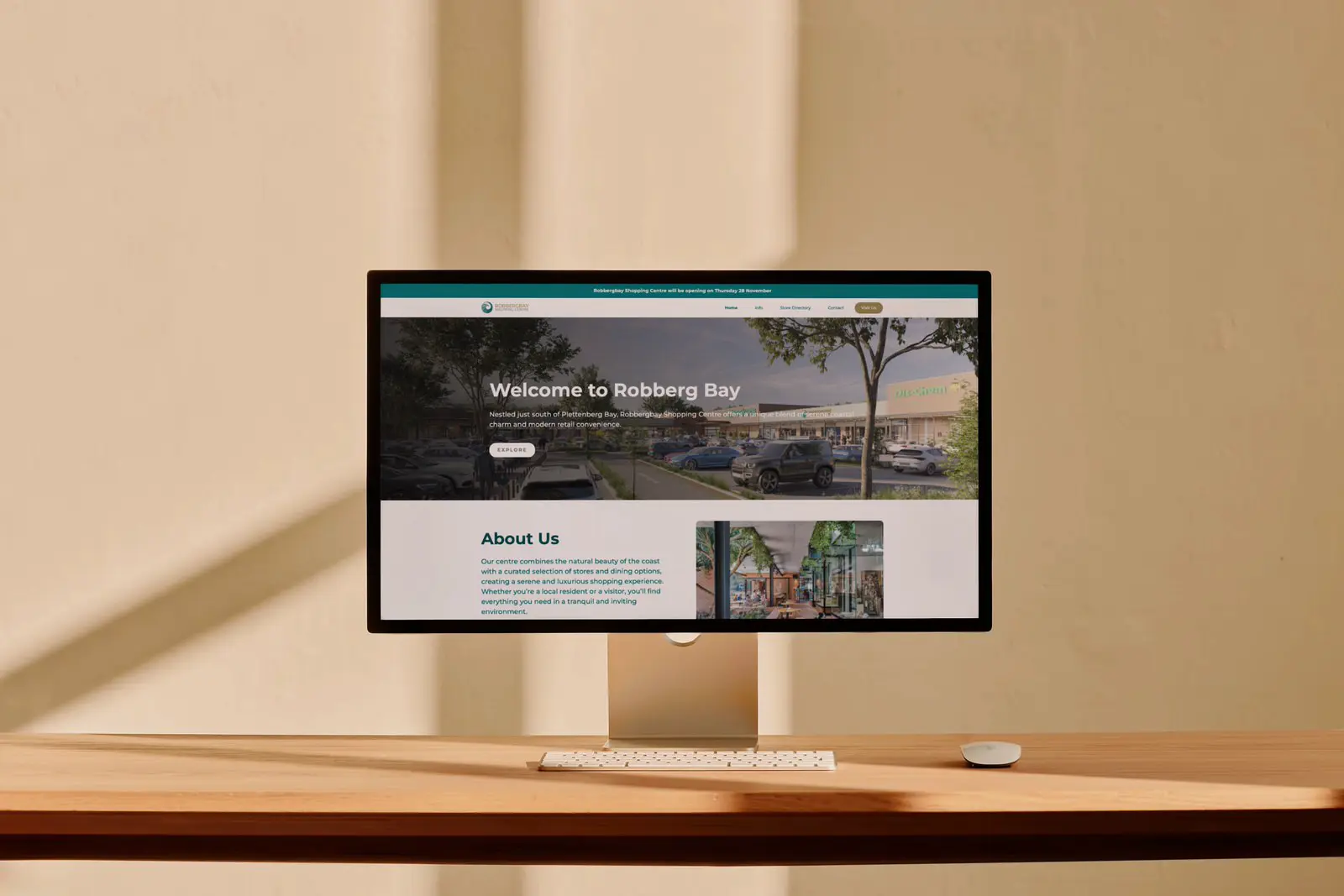







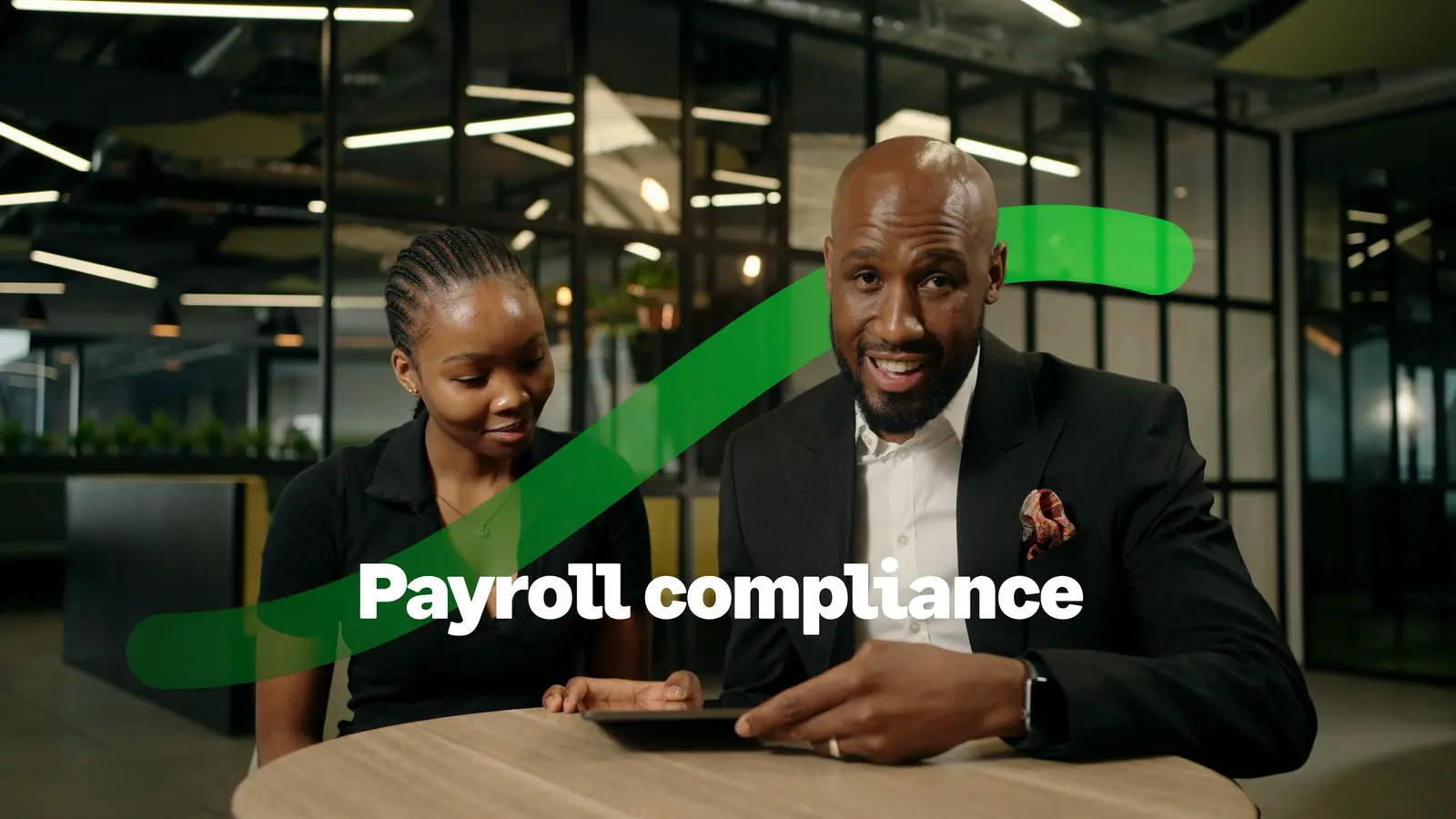


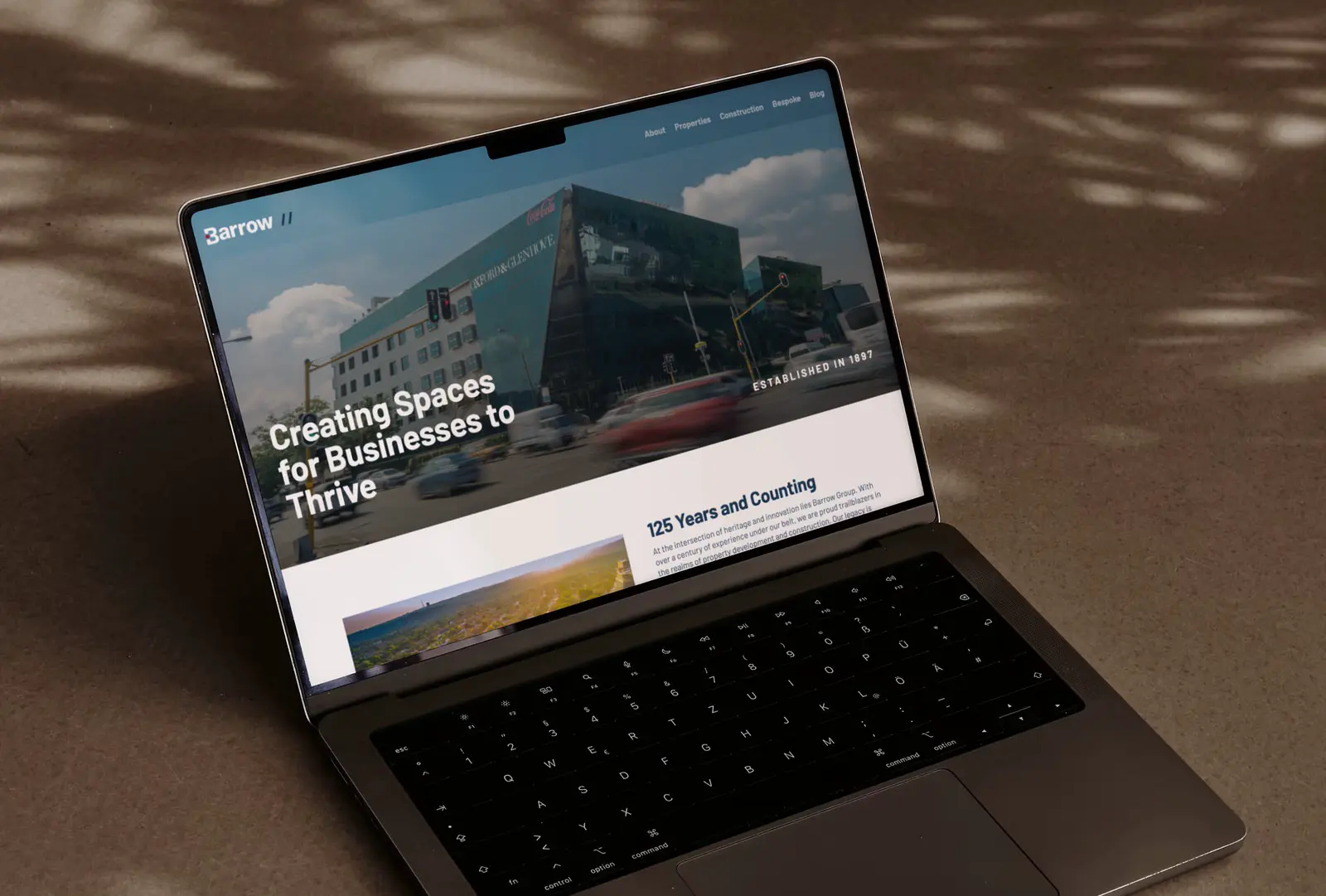
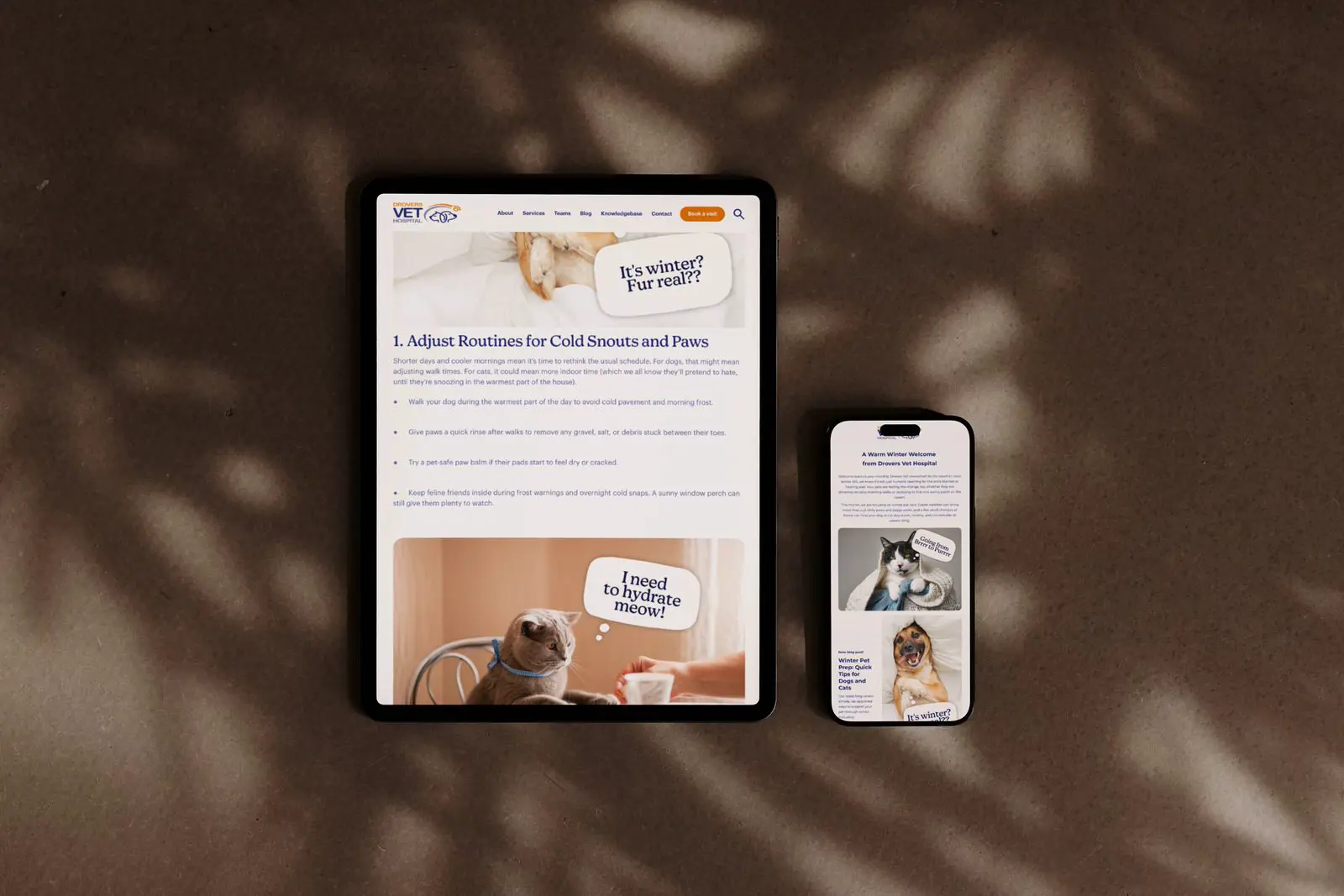

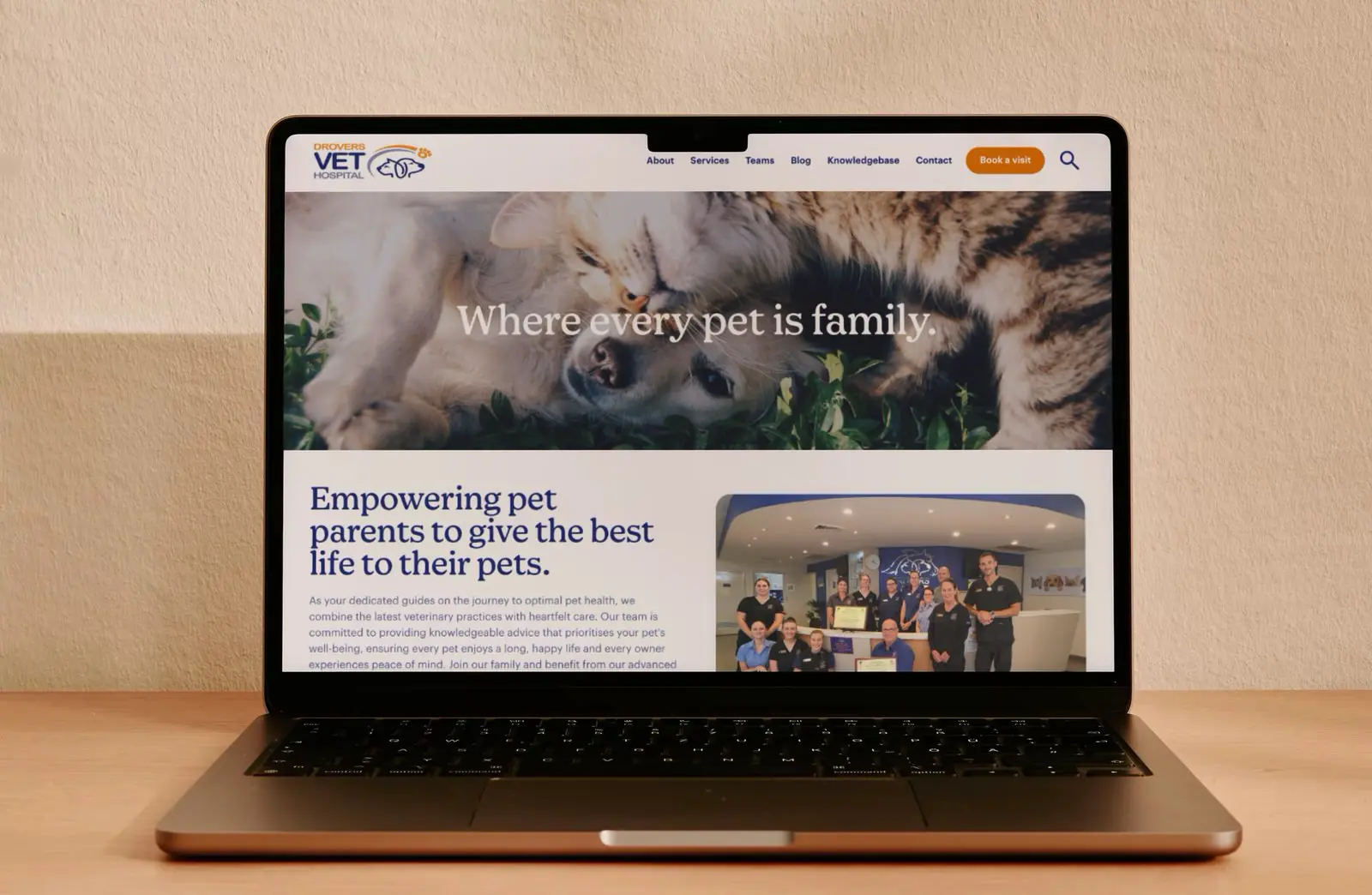



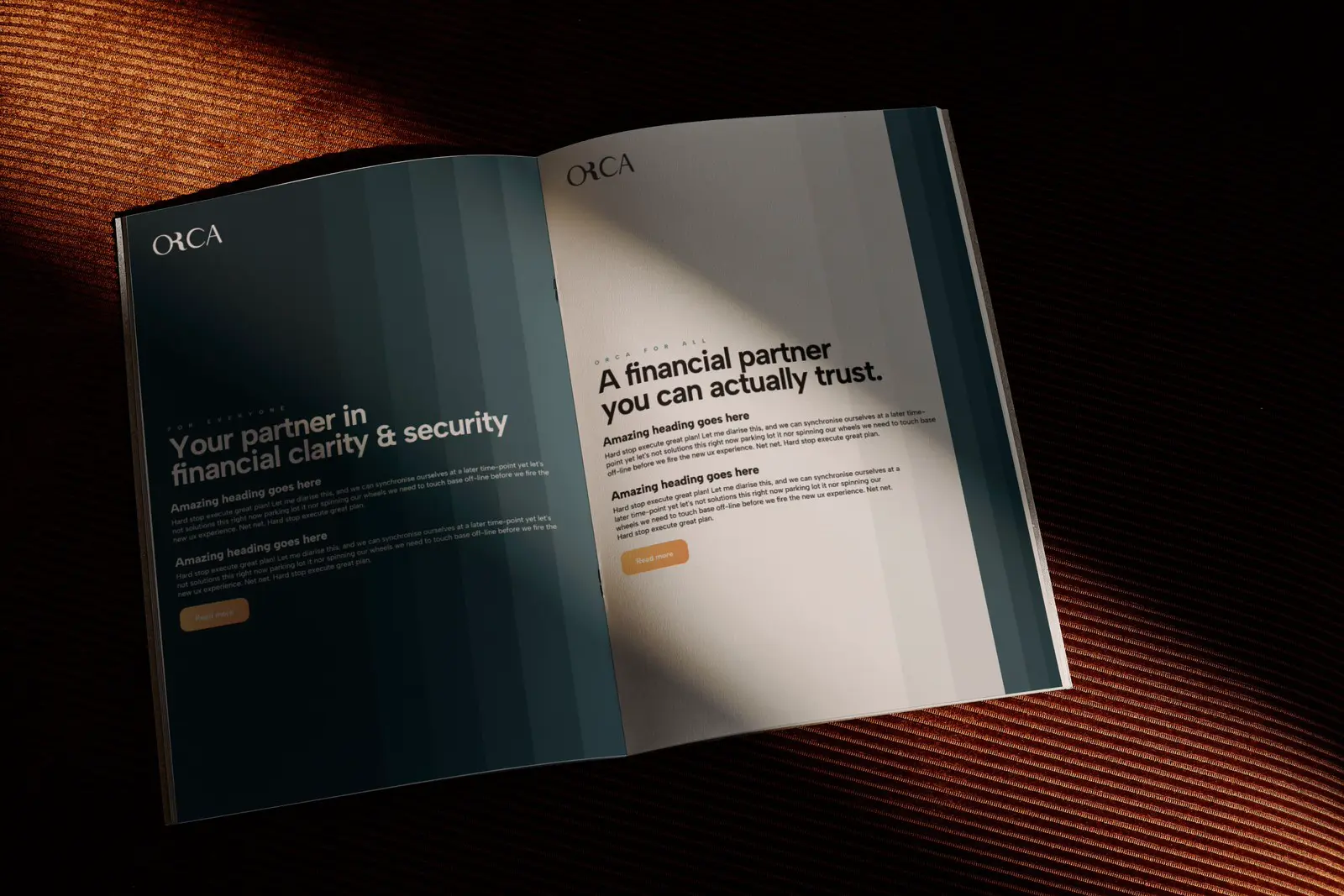
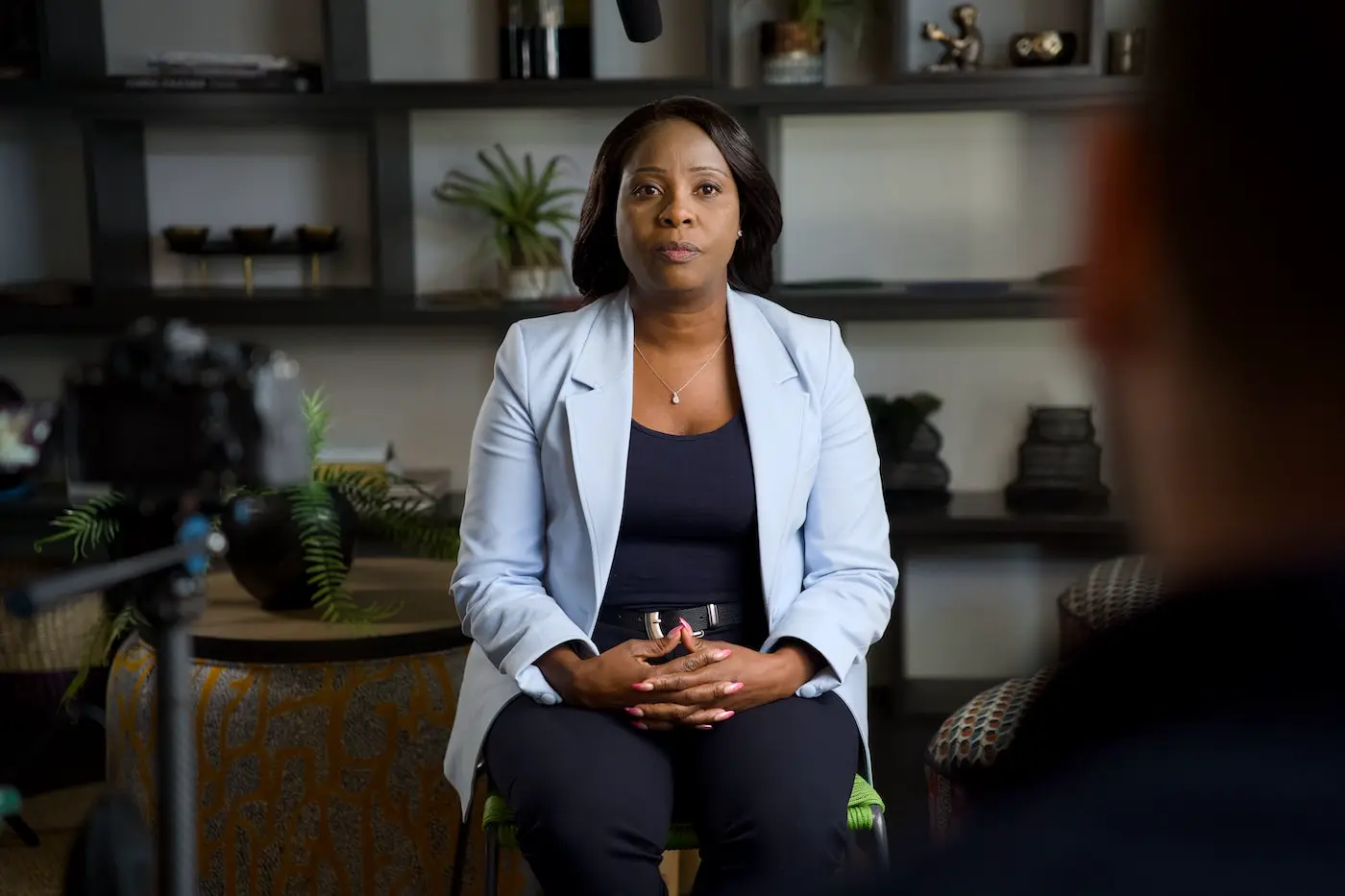

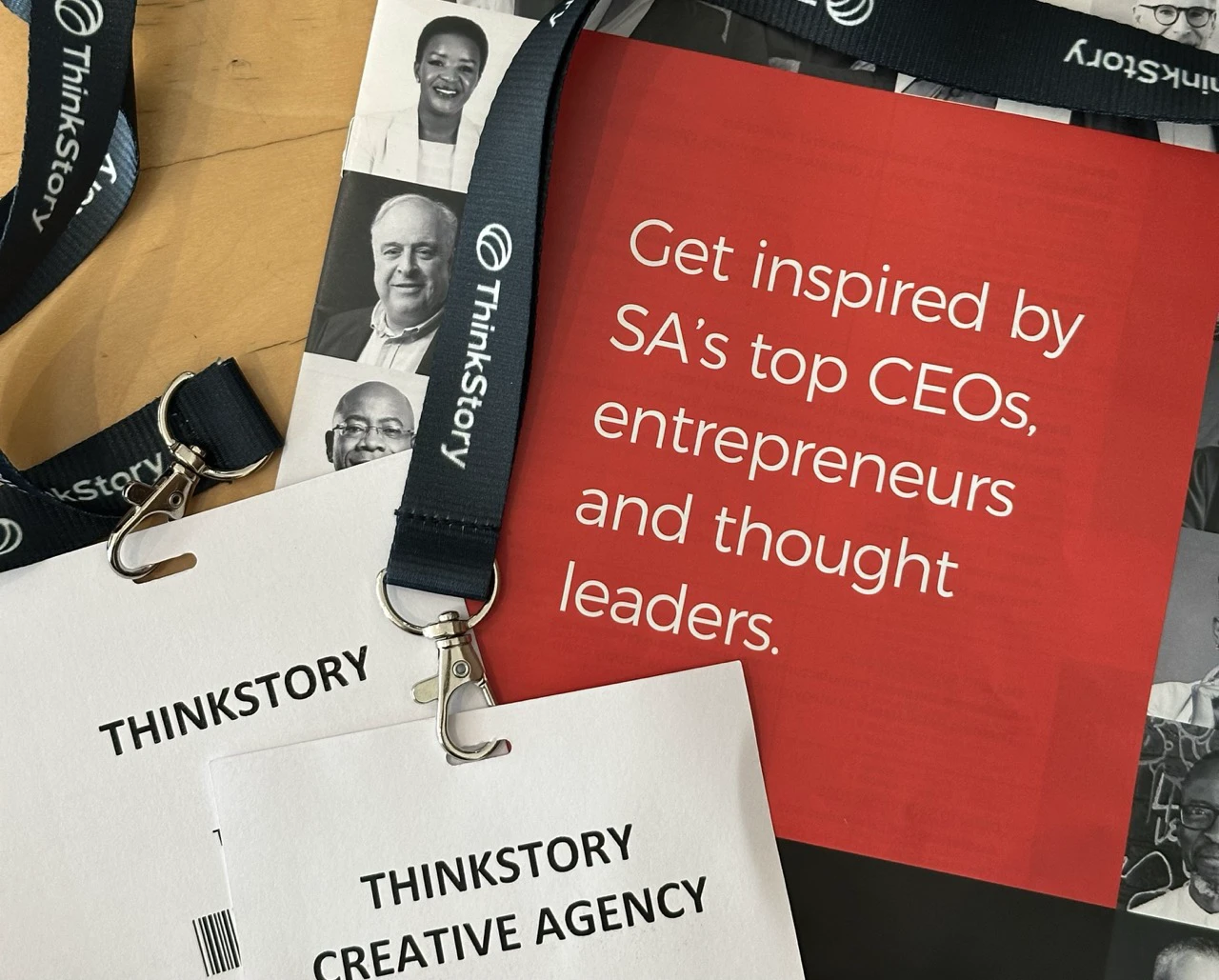

.webp)